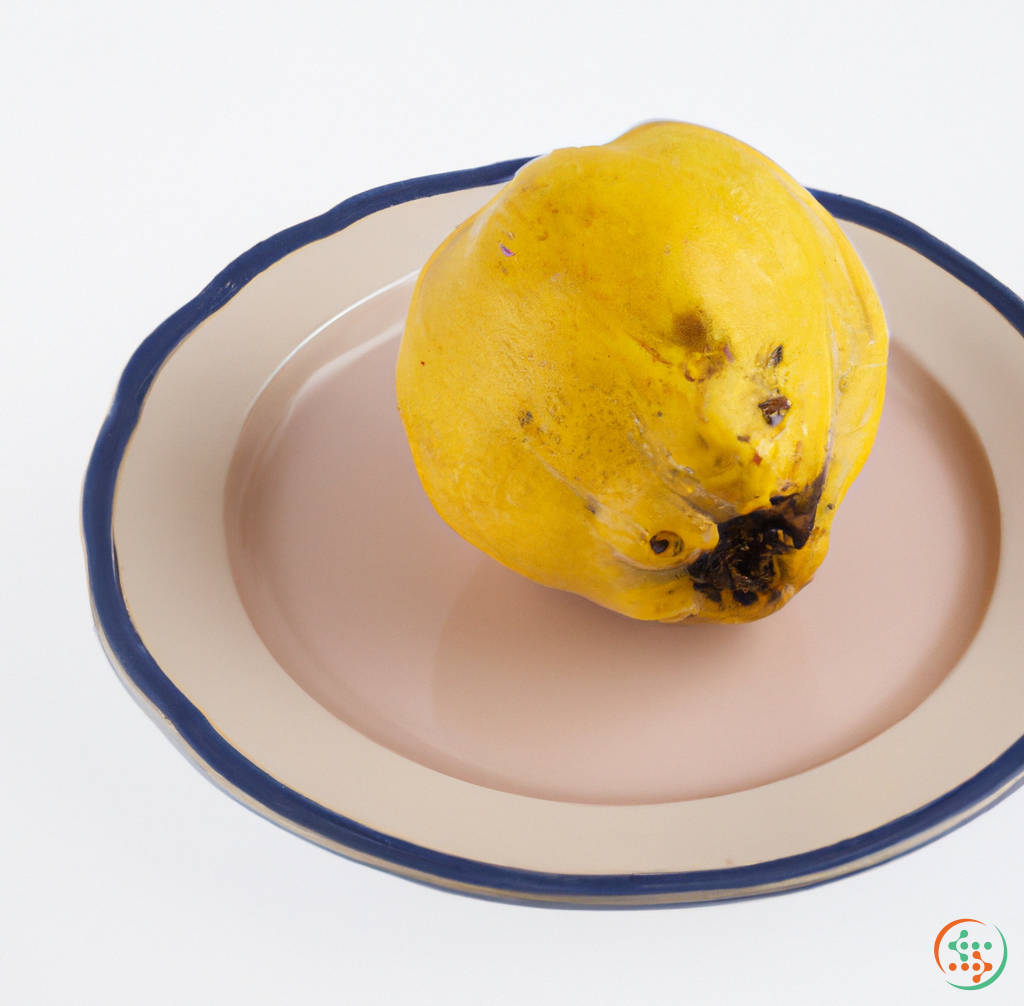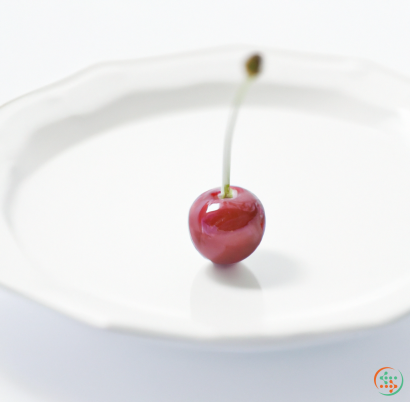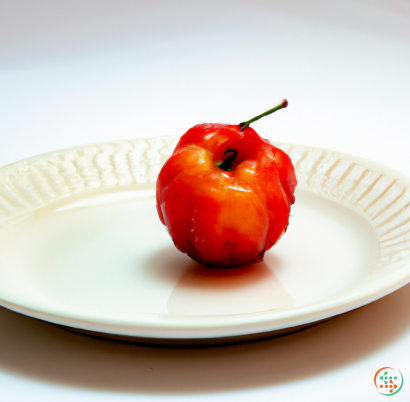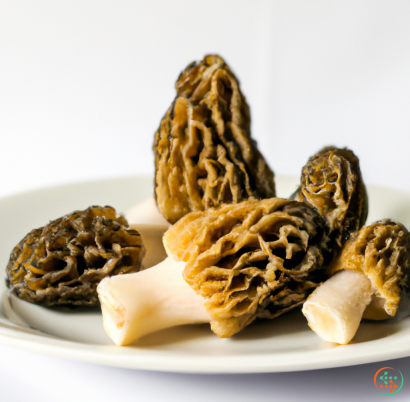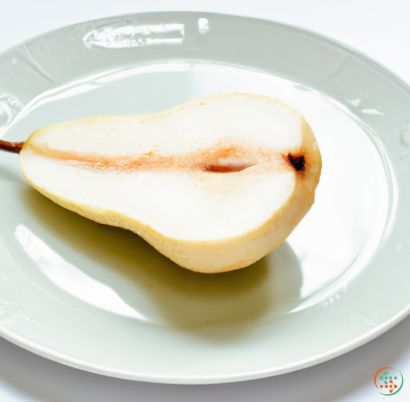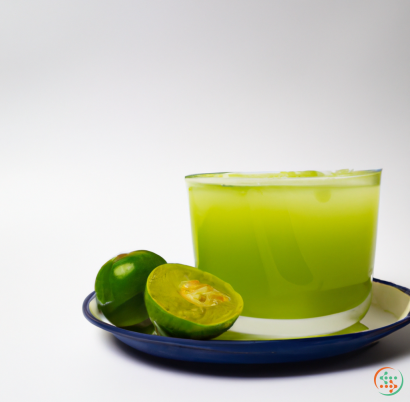Quince
Quinces are an old-world fruit that have been around for centuries and have had various uses throughout history. The quince, also known as Cydonia oblonga, is a deciduous bush or small tree of the rose family and originates from Iran, Afghanistan and Turkey. They are firm and slightly fuzzy with a yellow or orange-red colour when ripe. Quince has a sour but pleasantly aromatic flavour, and its pulp turns to a soft, fragrant jelly when cooked.
Quinces have been part of the human diet since ancient times and were highly regarded by the Greeks, who added it to their festivals and religious ceremonies. The Greeks associated the quince with love and fertility because of its heart-like shape. In Rome, it came to represent marital virtue, making them popular wedding gifts. Quinces were also enjoyed by the Chinese and Spanish in the Middle Ages, and their popularity spread throughout Europe.
In modern times, the quince is widely grown in Europe, North Africa and the Middle East, but it can also be found in California and the Southern US states. Quinces can be eaten fresh, cooked or used to make jams, jellies, marmalades and other preserves. The tart flavour of quince is best when cooked with sugar, honey or spices to mellow the tartness and enhance the flavour. When cooked with apples or pears, the flesh of a quince turns a deep pink and the aromas are intense and sweet.
Though quince is most often cooked or used in preserves, it can also be used in savoury dishes. As a layer in classic Spanish quince paste (membrillo), it's used to accompany cheese and crackers as an appetiser. Another way to enjoy quince is as part of a savoury relish, which can be served alongside roasts and grilled meats. Quinces can also be used in baking and desserts, such as tarts and cakes, or in savoury pies and stews.
Quinces possess strong anti-inflammatory and antiviral properties thanks to their high levels of vitamin C and quercetin, and their antimicrobial properties explain their use in poultices. These days, quinces are preferred for their versatility with food, their fragrant aroma when cooked and their eye-catching colour.
Though the quince is often overlooked, it is packed with essential vitamins, minerals, antioxidants and dietary fibre, making it an excellent addition to any diet. Quinces contain vitamins A, B1, B2 and C, beta-carotene, iron, magnesium, potassium, manganese and phosphorus. They are also high in dietary fibre, which can help to regulate digestion and improve the body's absorption of other nutrients.
Quinces are ripe and ready to pick when their skin changes from green to yellow or orange. When buying a quince, avoid any that are discoloured or bruised. Quinces can be stored for two to three weeks in the refrigerator, though they will keep the longest when stored in a cool, dark place with good air circulation.
In summary, quinces are an ancient and versatile fruit that offers many health benefits. With their unique flavour and striking colour, they are excellent as a snack or included in both sweet and savoury dishes. Get creative and discover what these interesting fruits can do for you!
The Journey of a Quince to a Dinner Plate
A quince, with its unique flavor and texture, is a fruit commonly used in its cooked form. Before it reaches your dinner plate, this delicious morsel goes through a unique journey to get there. It begins with the development of the plant and its fruits, continues through the transformation of the quince from an unripe, inedible object to something fit for consumption, and finally makes its way to your plate to be enjoyed in its prepared form. This journey is a fascinating process that starts with caring for a quince tree and culminates in consuming the delicious fruits of one’s labor.
The Development of the Quince Tree
Before the journey of a quince to your dinner plate can begin, the journey of a quince tree must begin. As a temperate-climate tree, quince trees initially produce flowers in the spring and then have the potential to yield fruits by autumn. The trees are considered part of the rose family and typically have single white blooms that are fragrant and followed by a pear-shaped yellow fruit.
Typically, quince trees take 3-4 years to mature and require first year annual pruning to develop shape and ensure good fruiting for future years to come. Pruning will help get rid of dense clumps of foliage and any overly-long branches that could otherwise prevent adequate light and air penetration for the tree. The more sun and air the trees are exposed to, the higher the yield of fruit. After the pruning, the trees will be ready to be fertilized with the appropriate amount of nitrogen, phosphorus, and potassium.
Harvest Time
Once the quince tree has been adequately maintained and the fruits are ripe, it is time to harvest them. In most instances, the fruits should be gathered before they ripen on the tree, as they tend to easily over-ripen or drop off prematurely. For this reason, picking the quinces can often be a tricky process to master.
The best time to pick quinces is when they are firm yet pliable. If they are too green, they will not have adequate flavor; if they are too soft, they may easily bruise and rot. Fruits should be cut off the branch with a clipper that creates a clean cut, which prevents any unnecessary injury to the tree. Most quince trees are pruned and harvested just once per year, due to the cost associated with managing and caring for the trees and the labor involved in gathering them.
Converting Quinces from Inedible to Edible
Once the ripe quinces have been harvested, they are far from edible. This is because, when raw, quinces contain an unusual chemical compound called amygdalin.
Amygdalin is a glycoside found in many types of fruits, such as plums, peaches, apples, and almonds. It is generally harmless to humans, but in high concentrations as found in quinces, it can be quite toxic. In order to be consumed, the amydalin must be cooked or chemically treated in order to be broken down into non-toxic sugars and other simple compounds.
There are a few different methods to transform an inedible quince into an edible one. While each method is slightly different, all make use of heat to convert the amygdalin.
One method is to poach the quinces in an acidic liquid, or one with a pH of below 5. The acidity helps break down the amygdalin and create a liquid that becomes a syrup after boiling. After boiling the quinces in the liquid, the fruits can easily be peeled and seperated from the seeds. The contents of the pot can then be strained, cooled and served as a quince jelly or compote.
Another method is to bake the qunces. Baking requires more energy than poaching, but it isn’t as messy. The quinces lose their bitterness and begin to developed a sweeter taste once the internal heat has reached 160 degrees Fahrenheit. After cooling the oven off, the quinces can easily be peeled and eaten, or be cooked further in syrup or pie fillings.
The Final Leg of the Journey
Once the quinces have been successfully transformed, they will then be ready to be used as part of a recipe. Quinces are known to be excellent complements to meat dishes, but they can also be used as part of a sweet dessert.
For instance, they can be cooked into jellies, syrups, and compotes; added to cakes, tarts, and pies; and included as part of custards or ice creams. Their unique flavor and subtle sweetness make quince an excellent addition to a variety of dishes.
Once the quinces have been cooked and prepared as part of a recipe, they can finally be served at a dinner table. Quinces can bring a delightful sense of culinary creativity to a meal, and the hard work that goes into producing and preparing them is well worth it.
Conclusion
The journey of a quince from tree to a dinner plate is a fascinating one. It requires patience and thought, but the end result is usually delightful. From tending to the quince tree to the preparation and serving of the prepared dish, quinces offer an intriguing flavor and texture to a meal. As one of the oldest cultivated fruits in the world, quinces truly are a reward that are well worth the effort.
| Vitamin A | 0.002 mg | |
| Vitamin C | 0.015 grams | |
| Vitamin B1 | 0.02 mg | |
| Vitamin B2 | 0.03 mg | |
| Vitamin B3 | 0.2 mg | |
| Vitamin B5 | 0.08 mg | |
| Vitamin B6 | 0.04 mg | |
| Vitamin B9 | 0.003 mg |
| Calcium | 0.011 grams |
Daily Value 1.3 g
|
| Iron | 0.7 mg |
Daily Value 0.018 g
|
| Magnesium | 0.008 grams |
Daily Value 0.4 g
|
| Phosphorus | 0.017 grams |
Daily Value 1.25 g
|
| Potassium | 0.197 grams |
Daily Value 4.7 g
|
| Sodium | 0.004 grams |
Daily Value 2.3 g
|
| Zinc | 0.04 mg |
Daily Value 0.011 g
|
| Copper | 0.13 mg |
Daily Value 0.9 mg
|
| Selenium | 0.6 ug |
Daily Value 0.055 mg
|
| Total Sugars | 0.131141 grams |
per 100g
|
| Palmitic acid (16:0) | 0.01 grams |
|
| Total Saturated fatty acids: | 0.01 g | |
| Oleic acid (18:1) | 0.04 grams |
|
| Total Monounsaturated fatty acids: | 0.04 g | |
| Linoleic acid (18:2) | 0.05 grams |
|
| Total Polyunsaturated fatty acids: | 0.05 g | |
